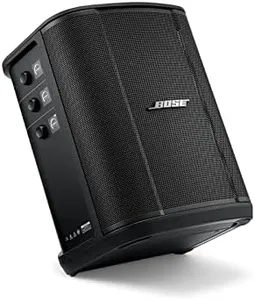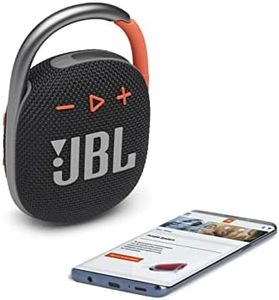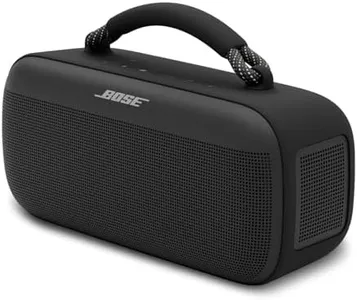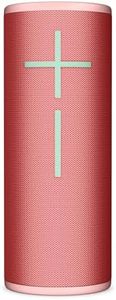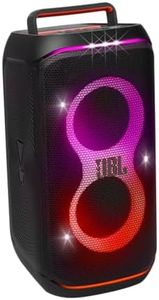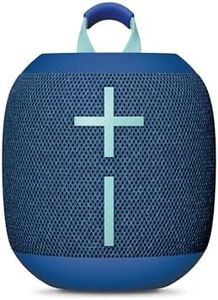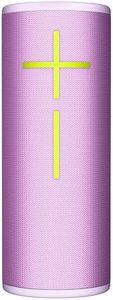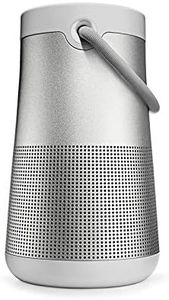We Use CookiesWe use cookies to enhance the security, performance,
functionality and for analytical and promotional activities. By continuing to browse this site you
are agreeing to our privacy policy
10 Best Outdoor Wireless Speakers
From leading brands and best sellers available on the web.Buying Guide for the Best Outdoor Wireless Speakers
Choosing outdoor wireless speakers is all about finding a model that fits your lifestyle and the environment where you'll use them. Since you'll be dealing with open spaces, weather, and a variety of listening scenarios, it's important to understand a few key features that affect performance, convenience, and durability. Identifying where you plan to use the speakers, how often you'll move them, and what kind of music or audio you'll enjoy can help guide your decision. Remember, each feature supports a different aspect of the outdoor audio experience.Weather Resistance (IP Rating)Weather resistance refers to how well a speaker can handle exposure to elements like rain, dust, and sunlight. This is usually displayed as an IP rating, where the numbers indicate levels of protection. A higher number means more resistance. For example, IPX4 can handle splashes of water, while IP67 means it can be submerged in water and is dust-tight. If your speakers will stay outside all the time or might face rough weather, go for higher ratings. If you'll use them mostly under cover or bring them inside, a lower rating will do.
Battery LifeBattery life shows how long the speaker can play music on a single charge. Some speakers last only a few hours, while others can go all day or even longer. If you plan to use your speaker for long parties or outings without easy access to charging, look for longer battery life. If your sessions are short or charging is convenient, you can settle for less.
Sound Output (Wattage/Volume)Sound output tells you how loud and clear the speaker can play. It's often described in wattage or with a decibel (dB) rating, but many brands use terms like 'powerful sound.' Louder speakers are best for big outdoor areas or noisy environments, while smaller, quieter options suit close gatherings. Think about the size of your space and how many people will be listening when choosing the right sound output.
Connectivity (Bluetooth/Wi-Fi)Connectivity explains how the speaker links to your music source. Bluetooth is common and easy to use, letting you connect directly from your phone or tablet nearby. Some models offer Wi-Fi, allowing you to control music from a greater distance or even sync with other speakers for multi-room (or multi-zone) sound. If you want simple, portable use, Bluetooth is ideal. If you want whole yard or house coverage and more control, consider Wi-Fi options.
Portability and Mounting OptionsPortability covers how easy it is to move the speaker, considering weight, handles, and size. Some speakers are designed to sit in one place and can be mounted on walls or in the ground, while others have handles and lighter weight for carrying around. If you want speakers you can move to different places or take on trips, pick lightweight, portable designs. For a more permanent setup, look for those that can be mounted securely.
Sound Range (Coverage Area)Sound range is about how far the music travels from the speaker while still sounding good. Some speakers are built for wide, even sound over large spaces, while others work best in a small area right around them. Consider how far apart listeners may be spread and match the speaker’s coverage area to your space. For big backyards or pool parties, aim for wider range; for patios or small gardens, a focused sound is fine.
